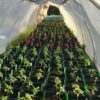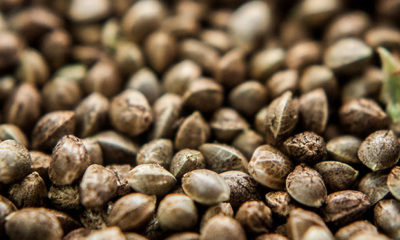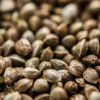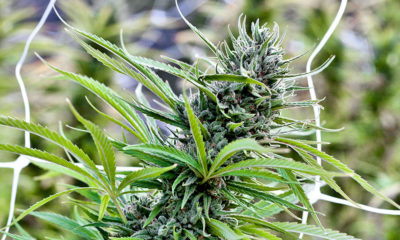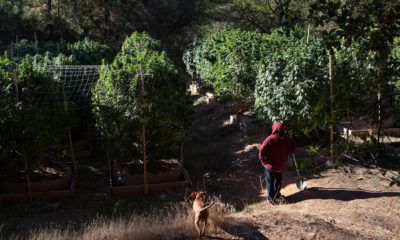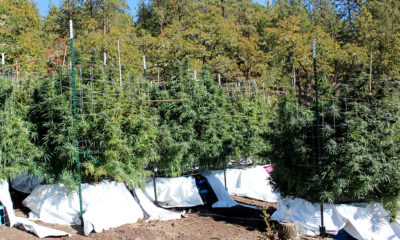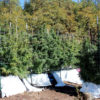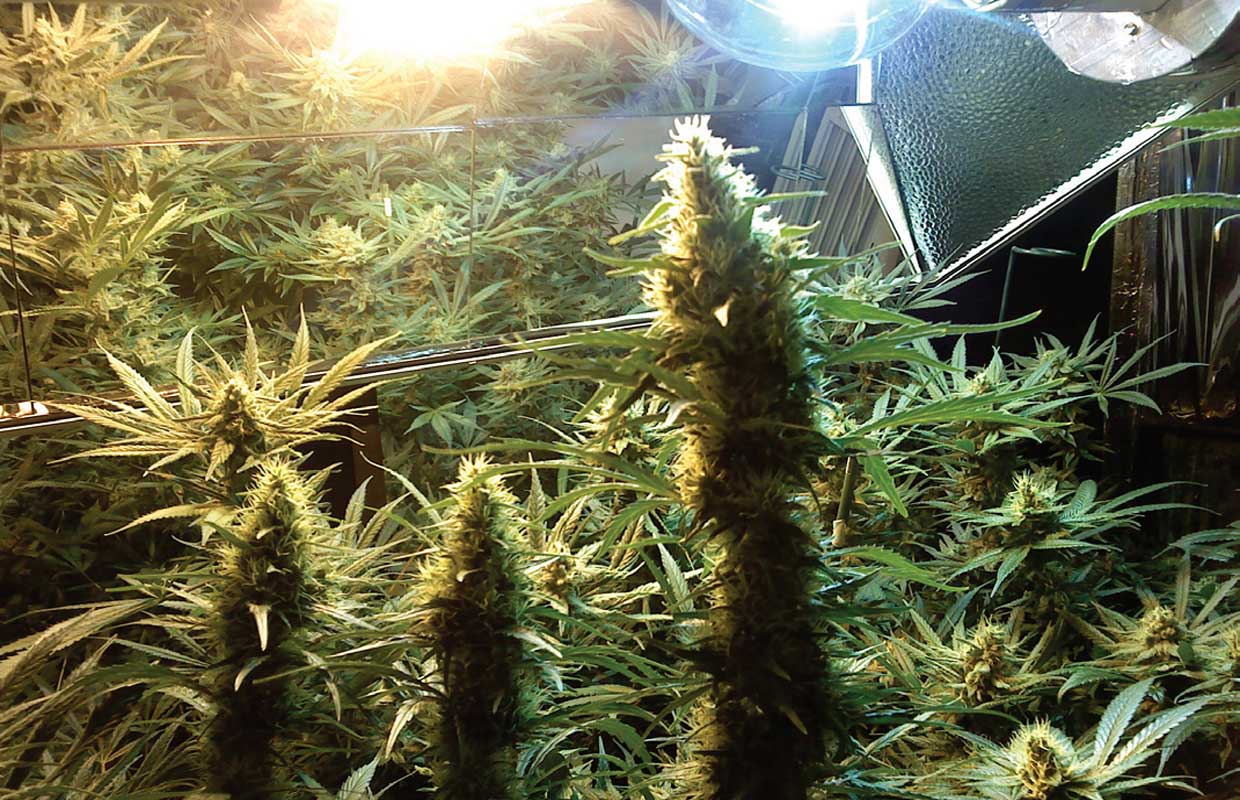
Cultivation
Benefits of Binary Full Spectrum Grow Lights
Montana is the last bastion of freedom, unless you are a medical cannabis patient, then you are a second class citizen with little or no right to a medical freedom of choice.
In Montana, the laws pertaining to medical cannabis are the most draconian in the USA, making it virtually impossible for a patient to secure any legal medicine anymore. Between the bait and switch tactics of the Obama administration and the rabid cannabis prohibitionists here in the Montana legislator, threat of arrest and prosecution of caregiver or provider services has forced more and more patients to grow medical cannabis for themselves.
There are many different methods of growing cannabis. It can be grown indoor and outdoor, in soil or hydroponically. Traditionally, and because of adverse weather conditions, Montanans have had to cultivate their medical cannabis indoors, in soil, under artificial light.
Anyone that has grown cannabis indoors can attest that it can be challenging, but once mastered, the indoor cultivator has complete control over the entire growing environment and can grow medical cannabis that is just as potent as its outdoor counterpart.
When setting up a grow room, there are five things the grower must pay strict attention to and set up properly:
1. Proper grow lighting
2. Room temperature
3. Room air circulation
4. Soil
5. Proper plant food /water
Failing to pay attention to any one of these five areas will result in poor or failed crops.
In this article, we are going to explore the use of binary full spectrum lighting. There are many types of grow lights on today’s market; all will grow cannabis with some degree of success. The method that we use has outperformed all of the other methods used in indoor horticulture today.
To determine the appropriate lighting, the specific needs of the cannabis plant must be considered, as well as the room size and ventilation. For optimal lighting, the lighting present in the plant’s natural “outdoor” environment must be imitated as close as possible.
For example cannabis grows best in full sunlight, which means that as much light as possible must be supplied to grow cannabis indoors. High intensity discharge (HID) lights such as high pressure sodium (HPS) and metal halide (MH) are preferred. Fluorescent lamps can also be used, but are usually used for seedlings and clone production. We do not recommend fluorescent lamps for full cannabis production because of efficiency and overall electrical and light replacement costs. All in all, HID’s work the best for us.
Cannabis plants will grow, to a certain extent, under most light spectra, but prefer and produce much larger yields when grown under binary full spectrum HID lighting systems.
We have done years of testing, and a room set up using both high pressure sodium (HPS) and metal halide (MH) lamps under the same reflector, will produce greater yields than when using high pressure sodium and metal halide lamps in separate light applications.
Light is like vitamins to a plant. By providing the plant with the light spectrum it needs, the plant will reward the grower with bigger and heavier yields – guaranteed!
Any cannabis grower that has used a Metal Halide lamp in conjunction with a High Pressure Sodium lamp during all stages of plant growth will attest to the fact that they grow the best, healthiest, vigorous plants when the two light spectra are blended under the same hood – creating near sunlight conditions.
Most growers we talk to do not supplement their high pressure sodium with metal halide lighting, and as our tests have shown, cannabis plants really need and utilize the full color spectrum that metal halide and high pressure sodium lamps create when combined.
To grow cannabis plants under a metal halide lamp for the vegetation cycle and then under a high pressure sodium lamp for the flowering cycle is counterproductive and can result in smaller overall yields and may attract unwanted pests.
High Pressure Sodium lamps, when used alone, may cause distinctive infrared and optical signatures, which can attract insects or other species of pests; these may in turn threaten the plants being grown. While using high pressure sodium lamps alone during the flowering cycle, many growers have experience a problem with spider mites and other unwanted gests. Adding the blue spectrum of the Metal Halide lamp can help solve the problem. Also high pressure sodium lamps, when used alone, tend to cause leggier plant growth as well. We have never had a pest problem in any of our grow rooms.
Let’s take a look at the color spectrum of the Metal Halide (MH) and the High Pressure Sodium (HPS) lamps.
The Metal Halide (MH) grow lamp is a highly efficient light source that is capable of delivering a blue white light in the temperature range of 2700 to 5500 Kelvin degrees with a typical Color Rendering Index (CRI) rating in the mid-60’s to mid- 70’s.
A measurement represented in degrees Kelvin indicates whether a lamp has a warm or cool color appearance. Warm light sources (2000-3000K) appear more yellow while cool light sources (4000K or higher) feature more light in the blue spectrum.
The CRI (color rendering index) is an index that measures how closely an artificial light source matches the colors of natural sunlight, with 100 matching natural sunlight on a clear blue sky sunny day. There are some lamps with chemistry that obtains CRI’s in the 80’s but they are extremely expensive.
The color temperature rating can vary by blending the chemicals in the arc tube which allows the characteristics of the light output. It is this flexibility in the lamps design that makes metal halide lighting extremely versatile. The white light output of metal halide technology is very important to indoor gardening, because it is the closest to natural sunlight. Because metal halide lighting has such a high CRI, it is used in stadiums, malls, supermarkets and gas stations where natural sunlight is preferred.
When used for indoor horticultural purposes, metal halide lamps tend to produce a shorter, more compact plant growth that closely resembles plants grown outdoors in natural sunlight. In fact, plants grown under most metal halide lamps appear almost identical to plants growing outside.
Metal halide lamps are about five times more efficient than their incandescent counterparts and last up to 25 times longer, with a usable lifespan between 10,000 and 20,000 hours, depending on the wattage. The 400 watt metal halide light that we use has a color temperature of 4200K, CRI of 65 and a light output of 36,000 lumens.
High Pressure Sodium (HPS) lamps yield yellow/ red lighting with a temperature range of 2200K and have a poor CRI rendering index of 22.
High pressure sodium lamps have been used for years in less color critical applications such as street lights, parking lots, and as supplemental greenhouse lighting. When comes to high pressure sodium, we really want to stress the “supplemental” use in indoor horticulture.
The benefit of high pressure sodium lamps to the indoor horticultural industry is their ability to enhance the fruiting and flowering process in plants. When used in conjunction with natural sunlight, the orange/red spectrum HPS produces is the spectrum plants use in their reproductive processes, which generally produces larger harvests of higher quality fruits or flowers. This is why we use them in conjunction with the metal halide lamp. The high pressure sodium and the metal halide lamp, when combined under the same hood, produce “near sunlight conditions” and that is what we are looking for.
The major drawback to growing under high pressure sodium alone, is that the plants tend to be taller and leggier with a longer inter-nodal length than plants grown under metal halide.
Another minor negative point is that plants generally do not appear very healthy growing under HP Sodium light. Due to the poor color rendering of high pressure sodium, the plants tend to look pale, washed out or nitrogen starved. But, most plants will grow well under HPS lighting alone, and grow even better when combined with the MH spectrum at the same time.
Additional benefits to high pressure sodium lighting is incredibly long usable bulb life – up to two years in many cases; and unparalleled efficiency at six times more light output per watt of energy consumed than a standard incandescent bulb.
Due to their high efficiency and the fact that plants grown in greenhouses get all the blue light they need naturally, HP Sodium lamps are preferred as “supplemental” light in greenhouse growing conditions.
The 400 watt high pressure sodium lights that we use have a color temperature of 2000K, CRI of 22 and a light output of 50,000 lumens.
As stated earlier, in order to achieve “near sunlight conditions”, we combine the High Pressure Sodium and the Metal Halide lamps under the same hood, blending the two color spectra together throughout the entire plant growth cycle.
Two 400 watt switchable ballasts are used, one for the HPS lamp and one for the MH lamp. The switchable ballasts are great, because they can be used in any color or wattage combination that works best for the grower. When the blue spectrum of the metal halide light and red spectrum of the high pressure sodium light are blended, the spectrum of the grow lights are unparalleled by any single lamp source that result in extremely high yields.
After years of indoor cultivation, we have found that the general rule for the amount of usable medical cannabis grown under a 800 watt “binary full spectrum light” system is 10-16 ounces per plant growth cycle.
It is important to note, that the strain of medical cannabis grown can greatly increase or decrease yields. Some strains just don’t produce as much bud as others.
Using a 800 watt “binary full spectrum light” system, we have grown up to a pound of medical grade cannabis in one plant growth cycle with as few as four plants.
When using a 800 watt HID “binary full spectrum light” system, the plant tops must remain between 12” to 18” away from the lights at all times. Keeping the lights 12” to 18” away from the top of the plants will insure maximum results in growth and bud production.
There is a natural law of physics, referred to as the “Inverse Square Law” that will help in understanding how light distribution works. In general, the Inverse Square Law concludes that energy twice as far from the source is spread over four times the area, hence one-fourth the intensity.
Basically, the further away a light is from the plants, the less powerful it is. The light output of a HID lamp, in lumens, is determined by the amount of light it produces 12” from the lamp. So, a 400 watt MH lamp with a rated output of 36,000 lumens means the light output 12” from a plant is 36,000 lumens. Move the light two feet from the plant and the output changes exponentially. A light with a rated output of 36,000 lumens at 1’ away from a plant, when moved to 2’ away, will only produce ¼ the output or 9000 lumens at that distance. This is a major factor when growing outdoor plants in an indoor artificial environment. If the light is too far away from the garden, the garden will suffer because of it.
It is extremely important to understand that when growing plants indoors in an artificial environment, the HID light source never completely duplicates the sun and/or the natural conditions of an outdoor environment. Blending the spectrum of the MH and the HPS light spectrum together – along with the proper light placement above the plants will greatly improve the growing conditions of any indoor garden.
Written by Dory Ritrovato for Issue 3 of Cannabis Now Magazine.
Dory Ritrovato is a master grower and founder of Double Star, one of the nation’s leaders in cutting edge indoor horticulture.






